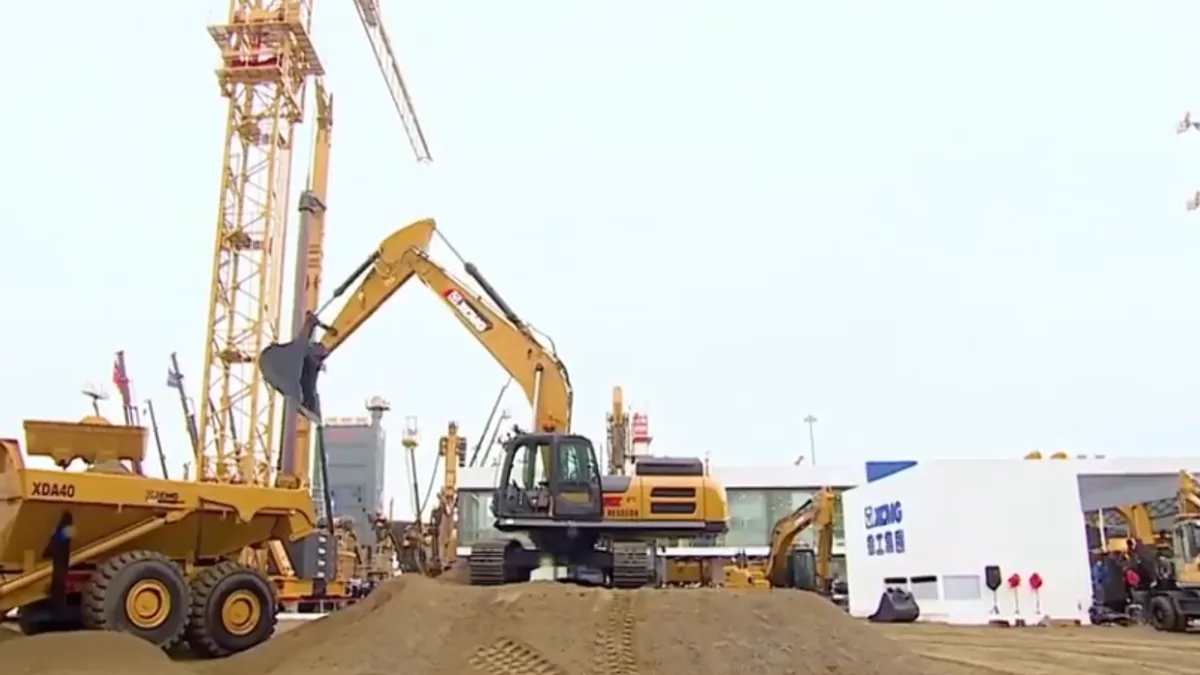Dive Brief:
- Researchers recently unveiled an autonomous excavator system (AES) that can perform material loading tasks nearly comparable to that of an experienced human operator.
- The AES, developed by researchers from Baidu Research Robotics and the University of Maryland, is one of the world's first driverless excavation systems to have been deployed in real-world scenarios while continuously operating for over 24 hours, according to a press release sent to Construction Dive.
- The system uses real-time algorithms and multiple sensors — including LiDAR, cameras and proprioceptive sensors — to perceive its surroundings and identify target materials, the press release said. The AES platform can be utilized by excavators of all sizes and is suitable for diverse applications.
Dive Insight:
Unmanned heavy work machines can help construction firms address skilled labor shortages while minimizing work hazards like cave-ins, ground collapses or other excavation accidents.
While most industry robots such as Boston Dynamics' Spot the robot dog are comparatively smaller and function in more predictable environments, excavator robots are required to operate in an extensive range of hazardous environmental conditions. They must be able to identify target materials, avoid obstacles, handle uncontrollable environments, and continue running under difficult weather conditions.
The development team described their methodology in a research paper published last month in Science Robotics. They deployed the system at a waste disposal site for more than 24 continuous hours and in winter weather conditions, where vaporization can pose a threat to LiDAR sensing and performance.
The amount of materials excavated, in both wet and dry form, was 67.1 cubic meters per hour for a compact excavator, which is in line with the performance of a traditional human operator.
The researchers also set up 10 scenarios at a closed testing field to see how the system performed in numerous real-world tasks. After testing a variety of large, medium-sized and compact excavators, AES was ultimately proven to match the average efficiency of a human operator in terms of the amount of materials excavated per hour.
Baidu, a research firm co-located in Silicon Valley, Seattle and Beijing, has been collaborating with several of the world's leading construction machinery companies to automate traditional heavy construction machinery with AES, the company said.
"This represents a key step moving toward deploying robots with long operating periods, even in uncontrolled indoor and outdoor environments," said Dinesh Manocha, professor of computer science and electrical and computer engineering at the University of Maryland.















